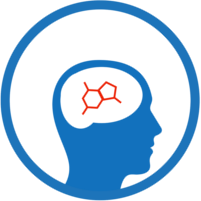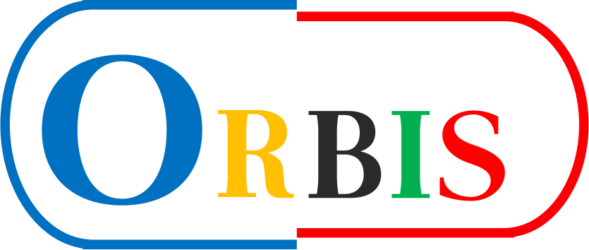
Work Package 1
Drug substancesand pharmaceutical preformulation
Primary objective is to translate the discovery synthesis of drug substance (API) into technology development and to investigate the solid state physicochemical characteristics of API(s). It is aimed to improve unfavourable biopharmaceutical (solubility/dissolution) characteristics of API(s).
Complementary methodology of partners involved in WP1 (PRI, TCD, PUMS, UoH, FMK, ZNT, APC and PHY) covers the state-of-the-art approach to the complete development of active pharmaceutical substances (APIs), combining both synthesis and preformulation. This includes the expertise involved in translation of results of discovery chemistry and synthesis of target molecules into scalable and economic process chemistry, suitable for large scale manufacturing. PRI has expertise in fractional factorial design (FFD) of synthetic processes and APC experience in process modelling as well as continuous processing, process analytical technology (PAT) and up- and down-stream unit operations. Laboratory methods of synthesis and crystallisation of solid pharmaceuticals will be statistically optimised. The laboratory scale methods will be transferred to FMK and ZNT, translated into the manufacturing technologies, up-scaled, validated and verified at the pilot scale. Quality by design (QbD) will be used as a comprehensive and systematic approach to pharmaceutical development and manufacturing of large and small molecules of API. Design of experiments (DOE) will be implemented as a systematic methodology to determine the relationship between critical parameters affecting the synthetic processes and the output of that process. Accelerating small molecule process design, consisting of a number of technological platforms including reaction and particle engineering will be explored to cross the barrier of API/FFD interface with an improved product more than suitable for further formulation development at WP2 and WP3. The partners participating in WP1 have a range of advanced analytical equipment to investigate the intrinsic, solid state and derived properties of the APIs and their forms, such as thermal analysis to perform conventional, modulated, fast differential scanning calorimetry (DSC) as well thermogravimetry to study thermal stability, melting points, glass transitions and other thermal events in the samples. Powder X-ray diffraction (PXRD) is indispensable in crystallinity investigations and sample identification for polymorphic forms. A wide range of spectrometry and imaging techniques including mid- and near-infrared (FTIR and NIR), Raman as well as unique non-linear optical imaging microscopy and thermo-optical methods (available at UoH) will allow for very sophisticated understanding of the structure of the substances and intermolecular interactions. Dynamic vapour sorption (DVS) will be used to assess stability of APIs and their forms (also linking with WP3) in a combination of humidity and temperature. The derived properties will be assessed by applying extensive powder characterisation techniques to determine the size, size distribution (by laser diffraction), shape (microscopy, including electron microscopy), surface area, surface energy and flowability of powders. Mini scale devices for physicochemical (solubility, dissolution) are also at the disposal of the participants for early assessment of biopharmaceutical properties, further investigated in WP3. Behaviour in solution will be assessed by particle tracking analysis, an exceptional method to determine early formation of self-assemblies (micelles, particles etc.) and their characteristics (ability to differentiate between the crystalline versus amorphous behaviour confirmed by TCD). Production of alternative forms of drug substances will be performed in small-scale batch crystallisation devices for antisolvent, cooling and evaporative crystallisation while amorphous forms will be made by spray drying, hot melt extrusion or milling. Computational methods include modelling of stability and solubility (developed by TCD) and multivariate analysis (used by UoH).

